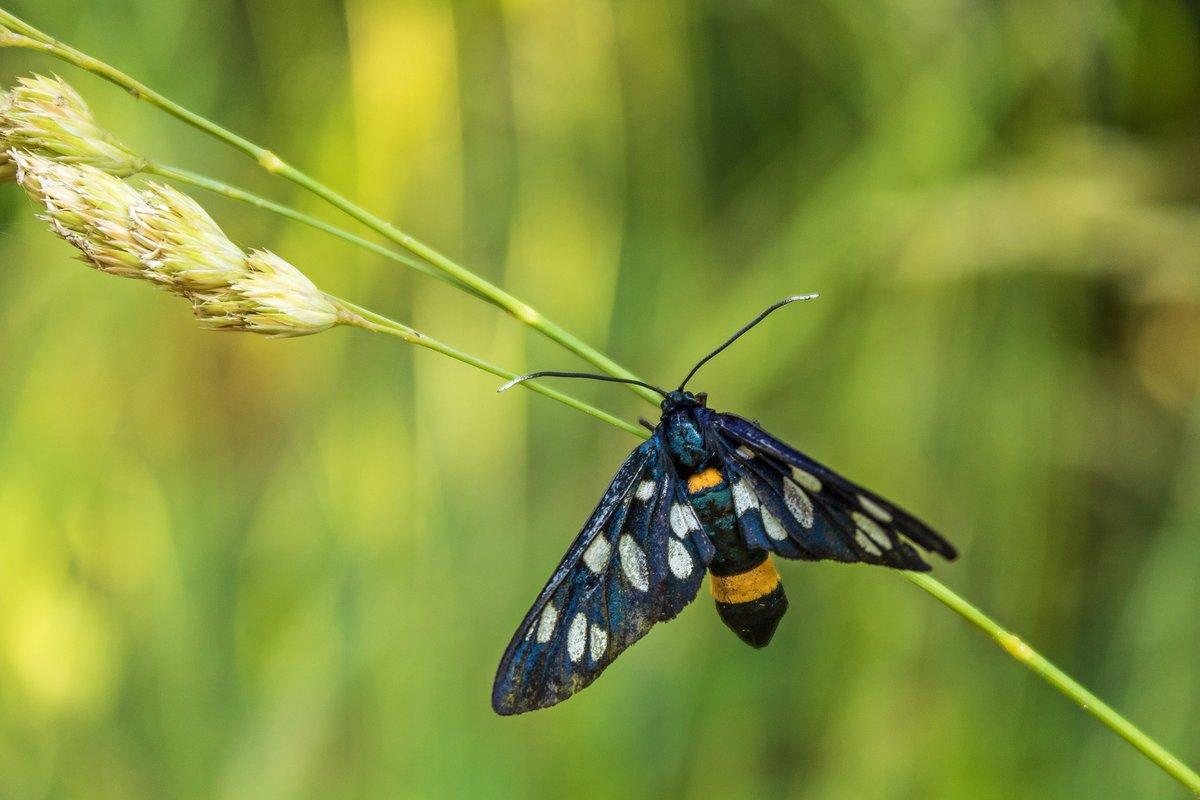AUTHORS: Evelyn Underwood – Giulia Costa Domingo – David Mottershead
The Common Agricultural Policy (CAP) and the Sustainable Use of Pesticides Directive (SUD) are two key EU policies that present opportunities to tackle the pressures intensive agricultural practices and pesticides place on pollinators. In support of the EU Pollinators initiative, IEEP has authored two reports evaluating to what extent these policies currently deliver for pollinator conservation.
Thriving pollinator populations are crucial for healthy and resilient ecosystems, including farmland, yet unsustainable agricultural practices and pesticide use are key drivers of the dramatic decline of pollinators in Europe.
Pollinators in the CAP
A report by IEEP found that despite the great potential of a wide range of CAP measures to support pollinator conservation, a lack of high-level strategic consideration of wild pollinators in implementation has hindered their impact. Options to better integrate their protection into CAP Strategic plans for 2022-27 are outlined.
Key recommendations:
- Identify and prioritise wild pollinator needs at the regional level within Member States building on existing frameworks such as national strategies and action plans for pollinators or biodiversity
- Establish the baseline status of wild pollinators to inform target setting, set up pollinator monitoring, and select relevant indicators for measuring the impact of the CAP strategic plan.
- Define how CAP strategic plans will protect pollinators through conditionality and a coherent package of intervention measures in both pillars of the CAP. The report provides examples of how to achieve this. For example, landscape features and long-term fallow are key pollinator habitats that can be protected by conditionality and enhanced by ecoschemes and agri-environment schemes.
Pollinator conservation in Member States’ national action plans (NAPs) for the sustainable use of pesticides
A report by IEEP assessing the integration of pollinator conservation into NAPs found that most plans lack targets and measures aiming to reduce pesticide impacts on pollinators and there are very few programmes monitoring pesticide impacts on pollinators. The report highlights good practice and shares recommendations on how to better integrate pollinators into NAPs. The report highlights good practice and shares recommendations on how to better integrate pollinators into NAPs.
Key recommendations:
- Improve knowledge on the ecotoxicity of pesticides to wild pollinators and collect current information to create an inventory
- Define targets for pollinators population recovery in both NAPs and CAP strategic plans
- Monitor impacts of pesticide use on wild pollinators
- Develop a more unified approach to pesticide risk labelling, promote drift reduction techniques, increase awareness raising and information to farmers, and regulatory controls.
- Creating collaborations between authorities responsible for SUD and Natura 2000 to minimise pesticide use in protected areas and buffer zones around them.
- Ensuring training and awareness on pesticide risk and use reduction, implement measures to prioritise non-chemical methods of pest control and develop farm advisory systems to help farmers implement integrated pest management (IPM) practices.
- Setting up mechanisms to share and exchange good practices between countries.
Find the reports and more on the EU Pollinator Information Hive.

